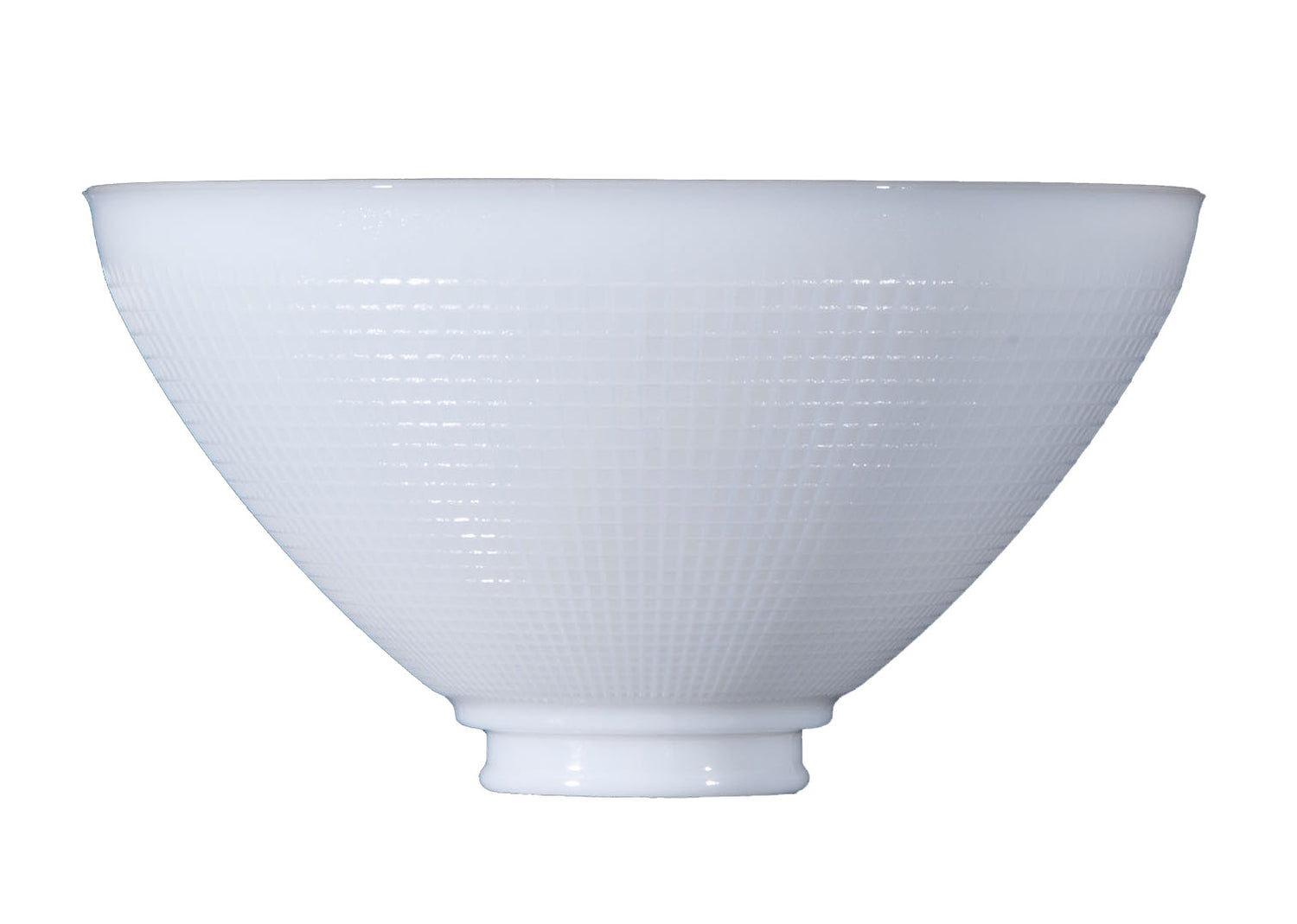Whether due to antiquity or general misuse, the burner of an old oil lamp can become bad or broken over time. These classic sources of light have been used throughout the centuries and can even add a nostalgic touch to any modern room. Keeping your oil lamp in good repair is the secret to its longevity and worth, but knowing where to start can be difficult. Luckily, Antique Lamp Supply has more than 60 years of experience in the lighting industry, and we offer the expertise needed to complete any restoration, cleaning, or repair project with confidence. In this guide, we explain how to repair lamp oil burners, but that's not all. We also explain how to electrify an old burner oil lamp and how to clean the burner of an old oil lamp. With our help and a little time, you can finally restore your lamp to its former glory.
Maintaining an Old Oil Lamp Burner
Most oil lamps feature a very simple structure that is composed of a few parts. You can find spare lamp parts online. In fact, we carry a wide selection of oil and kerosene lamp burners to suit a wide variety of old-fashioned light fixtures. If a burner has any bent or damaged parts, they must be repaired before you can attempt to safely replace the wick. Disassemble the draft tube, wick sleeve, and other burner parts to inspect for any damage. If the burner of your oil lamp is beyond repair, you can find a suitable replacement by matching the burner and the lamp collar. A loose or ill-fitting burner presents a safety issue, so ensure that the burner threads smoothly and fits snugly against the lamp collar before attempting to use the oil lamp. All burners have small air vents to equalize oil tank air pressure. It is important to keep those vent holes clean and free from obstruction. You should also regularly wipe and dust the burner.
Electrifying an Old Burner Oil Lamp
Most people are not concerned with buying new lamps. Instead, they want to make old lamps work with the latest electrical parts. You can convert the kerosene burner of any old oil lamp to an electric socket right at home. Before you begin, the oil lamp must be dry. There cannot be any kerosene or lamp oil residue left inside the lamp. Try to keep the burner shell intact for the conversion, so it maintains an authentic look when the project is complete. Unscrew the burner from the lamp body. Remove both the wicks and the shade ring from the burner. Cut a hole in the bottom of the lamp, so you can thread a lamp cord to the socket. Cut a hole in the side of the lamp and use a plastic bushing, so the cord does not rub on the cut metal of the lamp's base. Remove the interior of the burner. Grab your socket replacement and any other necessary hardware. Most socket caps should clamp to the burner base with just a few washers and a nut. Thread the wire through the lamp body. Tie a UL-approved knot in the lamp cord. Attach the socket interior by connecting the smooth wire to the base screw terminal and the ribbed wire to the nickel screw terminal. Snap the socket shell in the socket cap. Add an approved light bulb and test the lamp.
Cleaning the Burner of an Oil Lamp
If your old oil lamp is simply in need of a deep clean, you can restore it to its former glory with just a few tools and cleaning supplies. Remove the wick from the burner. Clean the burner under running water and brush it with a metal brush to remove any ash from the mechanism. If you find carbonized pieces of wick lodged in the burner mechanism, you can safely remove them by brushing with a toothbrush under running water. Allow the burner to air dry. Replace the old wick and, after trimming any loose threads with a pair of sharp scissors, slide the fresh wick into the mechanism at the bottom of the burner. Roll the threading screw regulator to raise the wick just above the opening of the burner. Once the burner is removed, the lamp reservoir will be exposed. Refill the reservoir with lamp oil or liquid paraffin to at least half full. Do not use alternative fuels. Screw the burner back into place and allow the wick to saturate in the fuel before attempting to light. Turn the wick up or down depending on the desired level of light or until the lamp stops smoking. With a clean burner and new wick, your old oil lamp will burn clear and bright.
We hope that this guide provides the insight you need repair, maintain, or update the burner of your old oil lamp with confidence. If you have any questions, please don't hesitate to contact us for further assistance.

